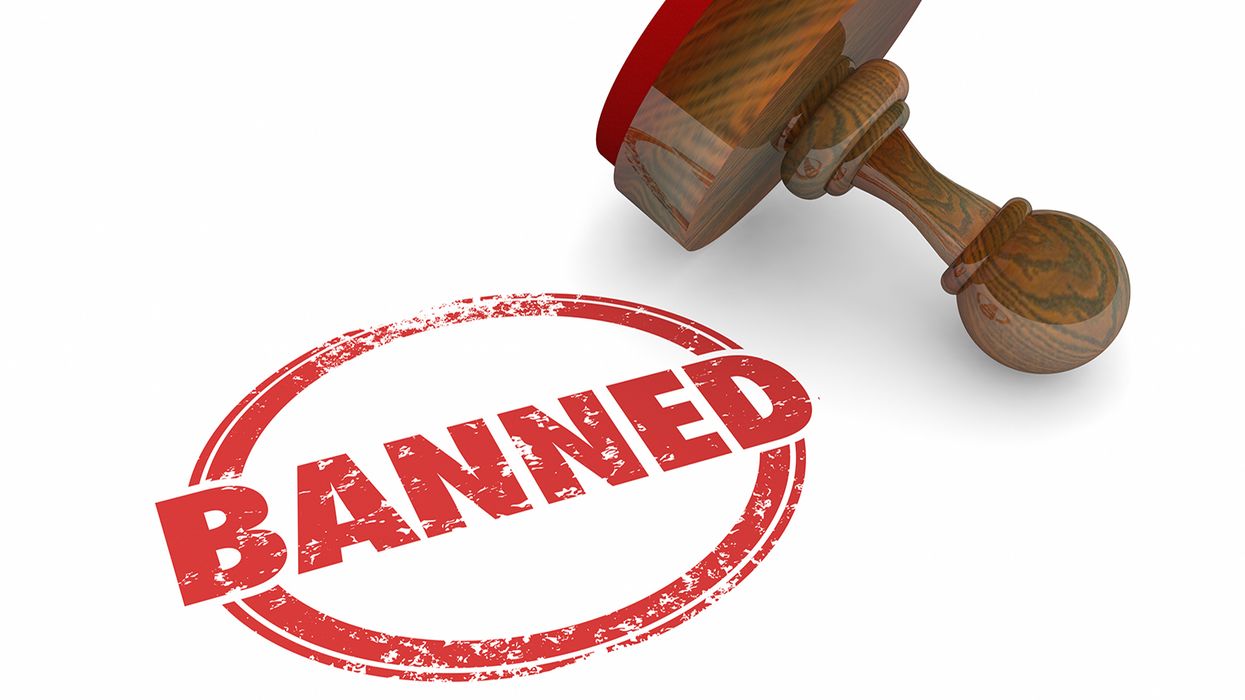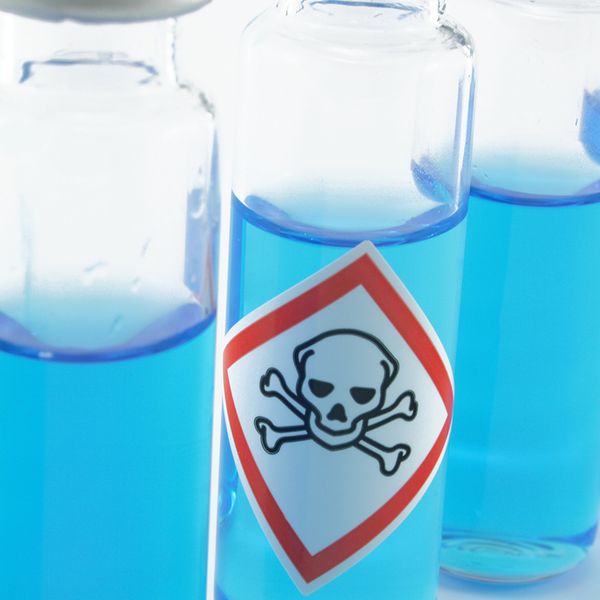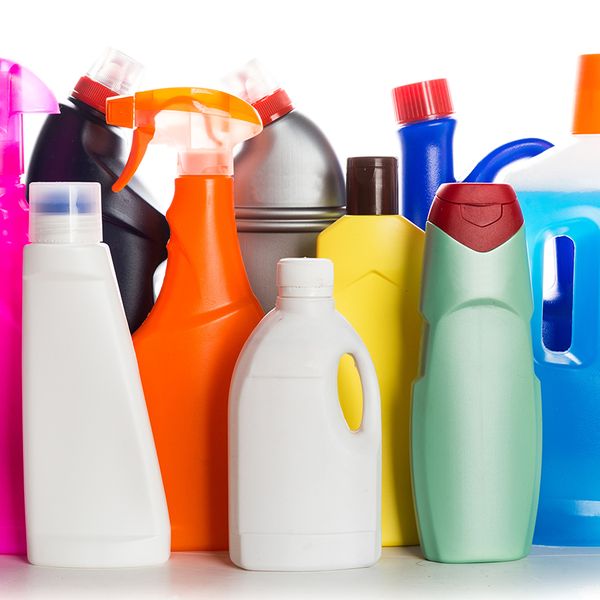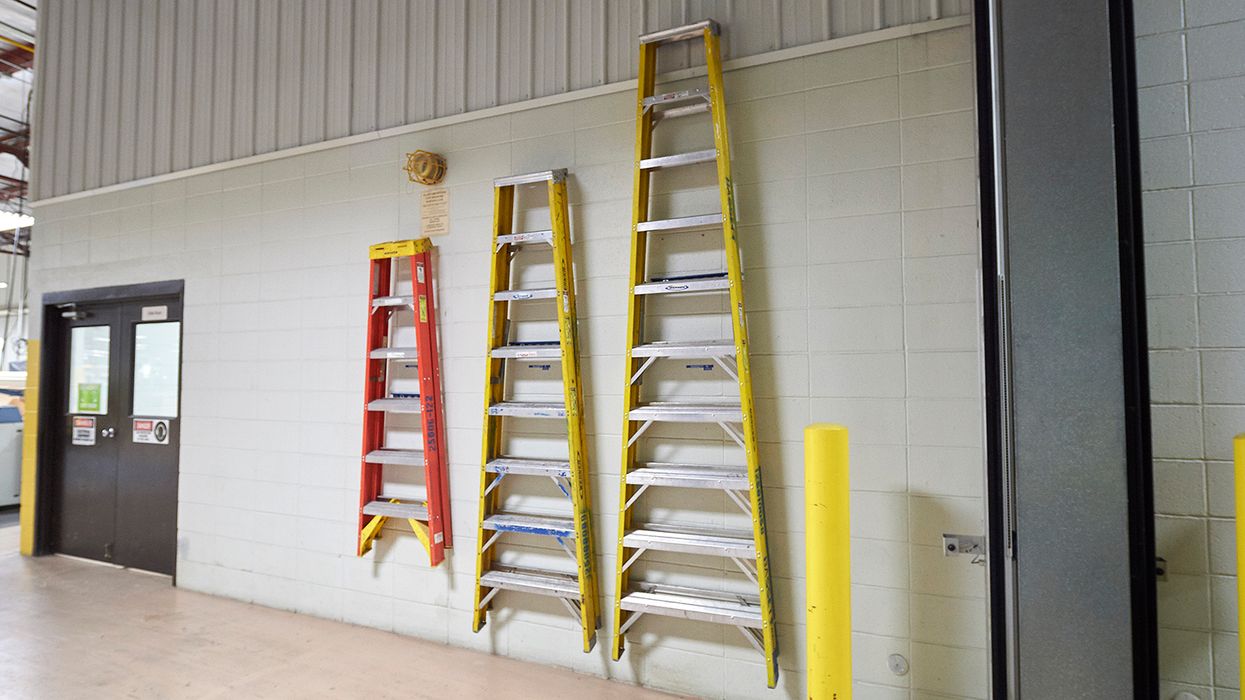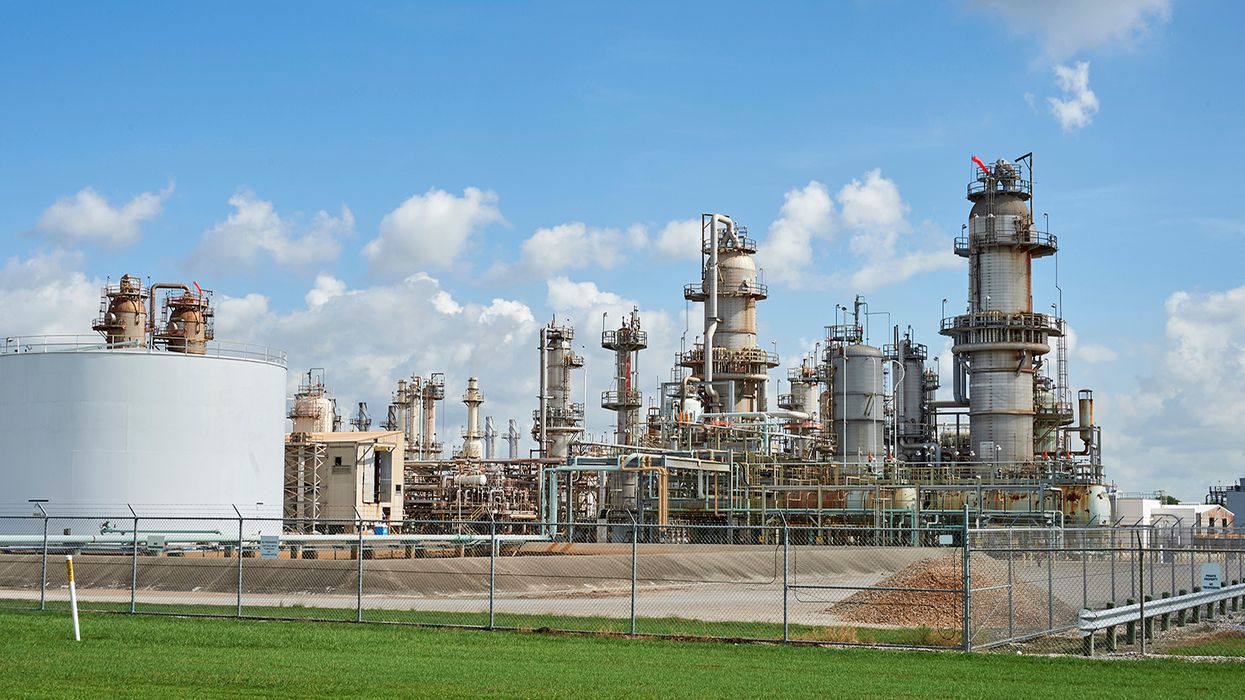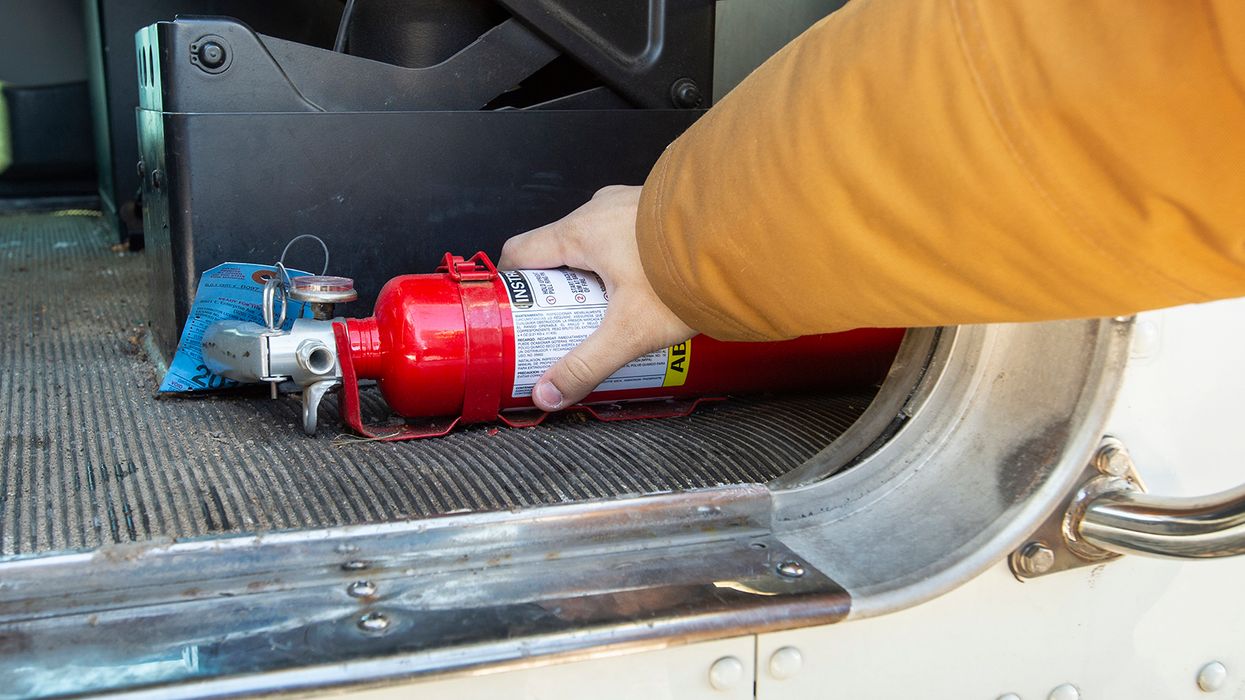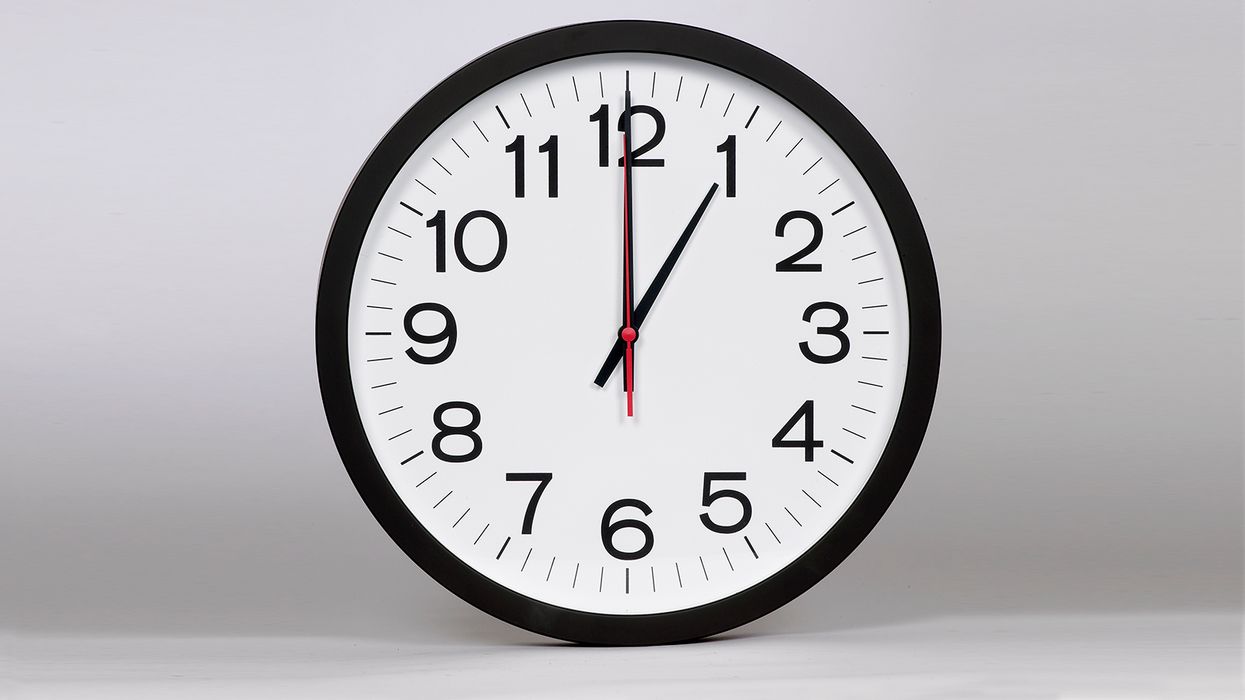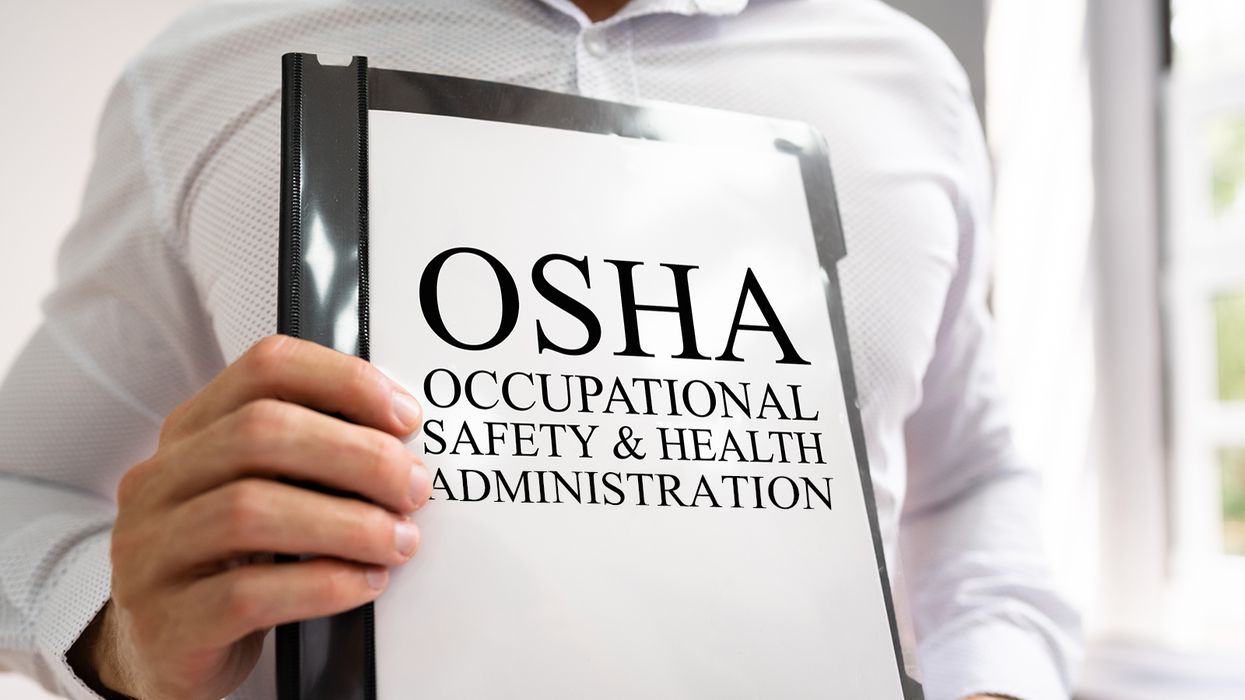Methylene chloride ban: Is your facility affected?
Methylene chloride, a volatile liquid chemical, poses severe health risks to individuals exposed to the substance. Despite the hazards, its use continues across consumer, commercial, and industrial applications. For example, it's used in automotive products, adhesives, and solvents to form other chemicals.
To address the health hazards posed, the Environmental Protection Agency (EPA) finalized a risk management rule under the Toxic Substances Control Act (TSCA) that prohibits nearly all uses of methylene chloride.
Use this guide to help you determine whether the methylene chloride ban impacts your operations.
Risks of methylene chloride
EPA made a final determination in November 2022 that methylene chloride as a whole chemical substance presents an unreasonable risk of injury to health under its conditions of use. The chemical is known to cause neurotoxicity from short-term exposure and cancer and liver harm due to long-term exposure. There are even documented cases of sudden death caused by short-term contact with the chemical substance.
When EPA determines a chemical poses an unreasonable risk, TSCA requires the agency to develop regulations to reduce or eliminate the risk. That’s where this final rule comes in (40 CFR Part 751 Subpart B), banning all consumer uses and most commercial and industrial uses of methylene chloride.
Requirements of methylene chloride ban
Manufacturers (including importers), processors, and distributors must phase out methylene chloride (including methylene chloride-containing products) for all consumer uses within one year and most commercial and industrial uses within two years.
Here’s an overview of the phaseout schedule:
| Methylene chloride phaseouts | ||
|---|---|---|
| Prohibited: | For: | After: |
| Distribution to retailers | Any use | February 3, 2025 |
| Distribution by retailers | Any use | May 5, 2025 |
| Manufacturing (including importing) | Any use (apart from certain exempt commercial and industrial uses) | May 5, 2025 |
| Processing | Any use (apart from certain exempt commercial and industrial uses) | August 1, 2025 |
| Distribution in commerce | Any use (apart from certain exempt commercial and industrial uses) | January 28, 2026 |
| Use for commercial or industrial purposes | Any use (apart from certain exempt commercial and industrial uses) | April 28, 2026 |
The regulations also require manufacturers, processors, and distributors that ship methylene chloride to notify the receiving companies of the prohibitions through Safety Data Sheets (SDSs) and to maintain records that document:
- Information about the companies that receive the shipments,
- A copy of the required notification (listed at 751.111(d)) added to SDSs, and
- The amount of methylene chloride shipped.
Remaining uses
The final rule allows very few time-limited exemptions for commercial and industrial uses of methylene chloride to:
- Produce other chemicals,
- Manufacture plastic and rubber (including polycarbonates),
- Produce battery separators for electric vehicles,
- Aid processing in a closed system,
- Use as a laboratory chemical, and
- Employ in solvent welding.
Facilities involved in the remaining uses of methylene chloride must comply with EPA’s new Workplace Chemical Protection Program. It requires facilities to:
- Meet exposure limits,
- Establish and maintain regulated areas,
- Conduct exposure monitoring,
- Implement controls to reduce exposure (including exposure plans),
- Provide respiratory and dermal personal protective equipment to affected employees,
- Train potentially exposed workers, and
- Maintain records of:
- Exposure control and monitoring data;
- Objective data generated during the past five years (if used to forgo the initial exposure monitoring);
- Notifying potentially exposed individuals of the exposure control plans;
- Exemption-related documentation; and
- Information related to refinishing wooden furniture, decorative pieces, and architectural fixtures, if applicable.
Facilities must keep these records for at least five years from the date they’re generated.
Does the rule apply to any amount of methylene chloride?
The final rule sets a de minimis exemption threshold of 0.1 percent by weight to account for impurities and the unintended presence of methylene chloride. In other words, products that contain less than 0.1 percent of methylene chloride aren’t subject to the final rule.
However, note that this provision doesn’t apply to 751.105, which bans the sale and distribution of methylene chloride-containing consumer paint and coating removal products.
Tips for phasing out methylene chloride
If your facility is involved in manufacturing, processing, or distributing methylene chloride (including methylene chloride-containing products), consider these tips to help you comply with the new regulations:
- List your facility’s uses of methylene chloride to determine which processes will be impacted. Begin researching alternative products to replace methylene chloride in these processes.
- Identify which phaseout timelines apply.
- Audit your processes and procedures to identify ways to improve employee safety.
- Establish a plan to implement any applicable phaseouts of methylene chloride and actions to better protect potentially exposed employees.
Key to remember: EPA will phase in its ban on methylene chloride for all consumer uses and most commercial and industrial uses over the next two years.

